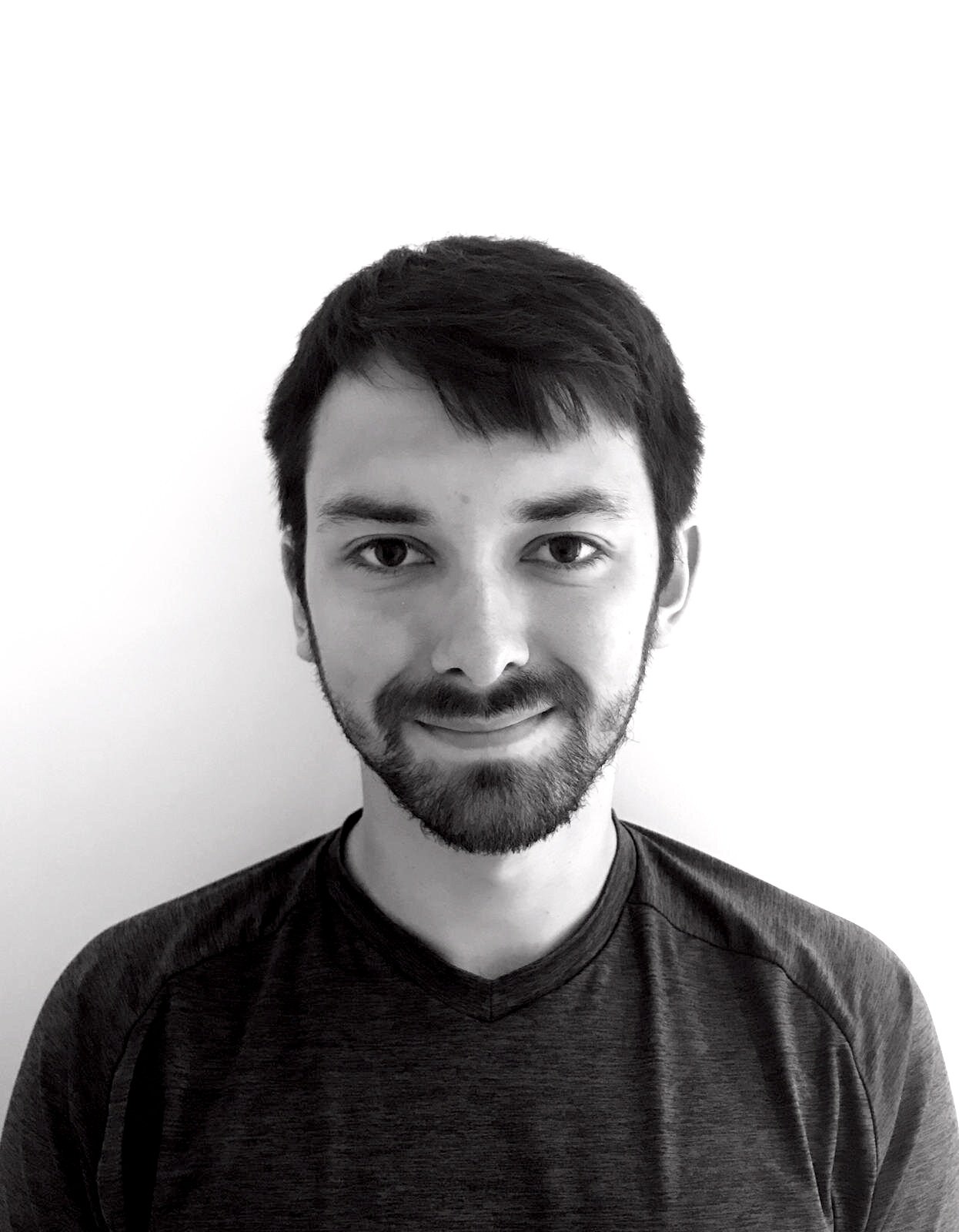The Myth of Core Stability: Part 1
The concept of core stability arrived in the late 90’s, and has largely come from studies that showed patients with low back pain had a small delay in the timing of the contraction of their abdominal muscles.
However, these findings, combined with the general belief that you need strong abdominals to have a strong back have led to assumptions prevalent in core stability training:
That certain muscles are more important for stabilising the spine, especially Transversus Abdominus (TA)
That weak abdominals lead to low back pain
That strengthening the abdominals can reduce back pain
That a strong core will prevent injury
That there is a relationship between stability and back pain
As a result of these assumptions a whole industry has built its business on selling ‘core stability’ exercises to athletes to prevent injury and to patients to cure back pain.
A great example of a period of potential ‘instability’ is immediately after childbirth. It takes about 4-6 weeks for the abdominal muscles to undergo re-shortening, and you would therefore expect that during this period, there would be minimal spinal support and increase the likelihood of back pain. However, research has shown that in the majority of women, any back pain during pregnancy spontaneously improves within the first week of delivery.
No test has ever shown that the spine is unstable, or how ‘increasing stability’ will reduce pain. Using the core stability model to determine a treatment course or exercise programme takes an overly mechanical approach to the body and the experience of pain.
Shifting away from the stability myth frees us up to consider completely different treatment and exercise approaches. It is interesting to read that there is no significant difference between a general exercise programme and a specific core stability programme in its outcomes. Both do equally well.
We know exercises for the spine can help, but perhaps it doesn’t matter which exercises we do!
In attempts to ‘stabilise’ the spine, clinicians and trainers may advise bracing type positions and sucking the tummy in. This is completely counter-productive for people in pain, as we know that it’s movement that brings relief and resolution. ‘Motion is lotion’.
Focussing on the contraction of individual muscles is counter-intuitive to how the brain learns new skills. To kick a football, you don’t think about your leg muscles or your foot placement, you do it with spatial awareness. Therefore encouraging patients to focus more on tasks external to the body is far more beneficial to building strength, coordination and improving mobility.
Telling a person in pain that they are ‘unstable’:
is inaccurate
it catastrophises the situation and generates fear (which makes pain worse)
and promotes the need to find treatment and exercise that will ‘stabilise’
Weak abdominals and imbalances between trunk muscle groups are not pathological, just a normal variation that does not lead to back pain.
It is possible to rehab a patient using the model of core stability, conversely we could have a patient doing a range of total body exercise and they will also show improvement. Perhaps even solve the headache, as well as the back pain. The results will be further improved if patients are also educated about pain, taught how to move well and encouraged to stop worrying about their lack of stability.
We need to think far more carefully about the language we use and the rationale behind the approaches we choose.
As I encourage you to transition away from the reductionist core stability model to a more global view of the body, I will discuss what my approach to treatment and exercise looks like in Part 2 next month.
I’m not the only one on this particular soap box, so if your interest has been piqued, look these guys up to read more from some of my sources and inspiration:
Greg Lehman Physiotherapist, Chiropractor and Strength and Conditioning specialist
Dr Homayun Gharavi Surgeon and Applied Sports Medicine
Prof. Eyal Lederman Physiotherapist and Osteopath PhD
Adrian Farrell Alexander Teacher
Katy Bowman Biomechanist
Stuart McGill Professor of Biomechanics PhD
Jeff Cubos Chiropractor and Performance Therapist































